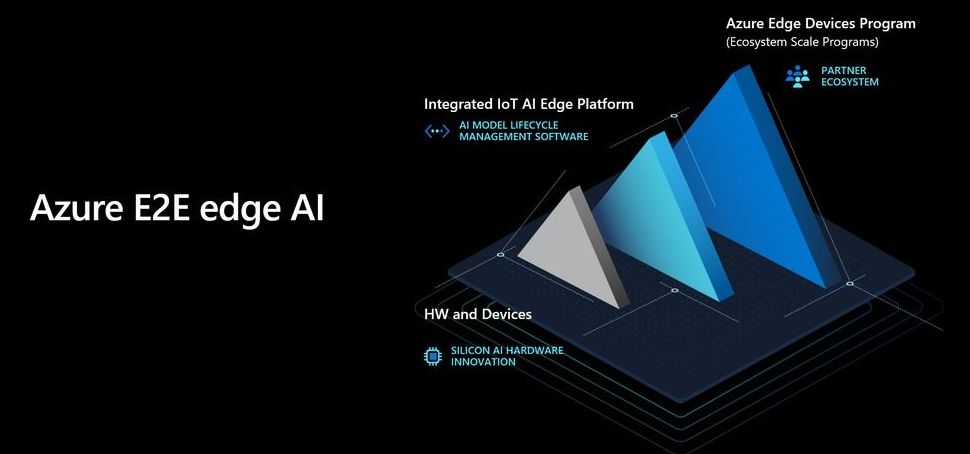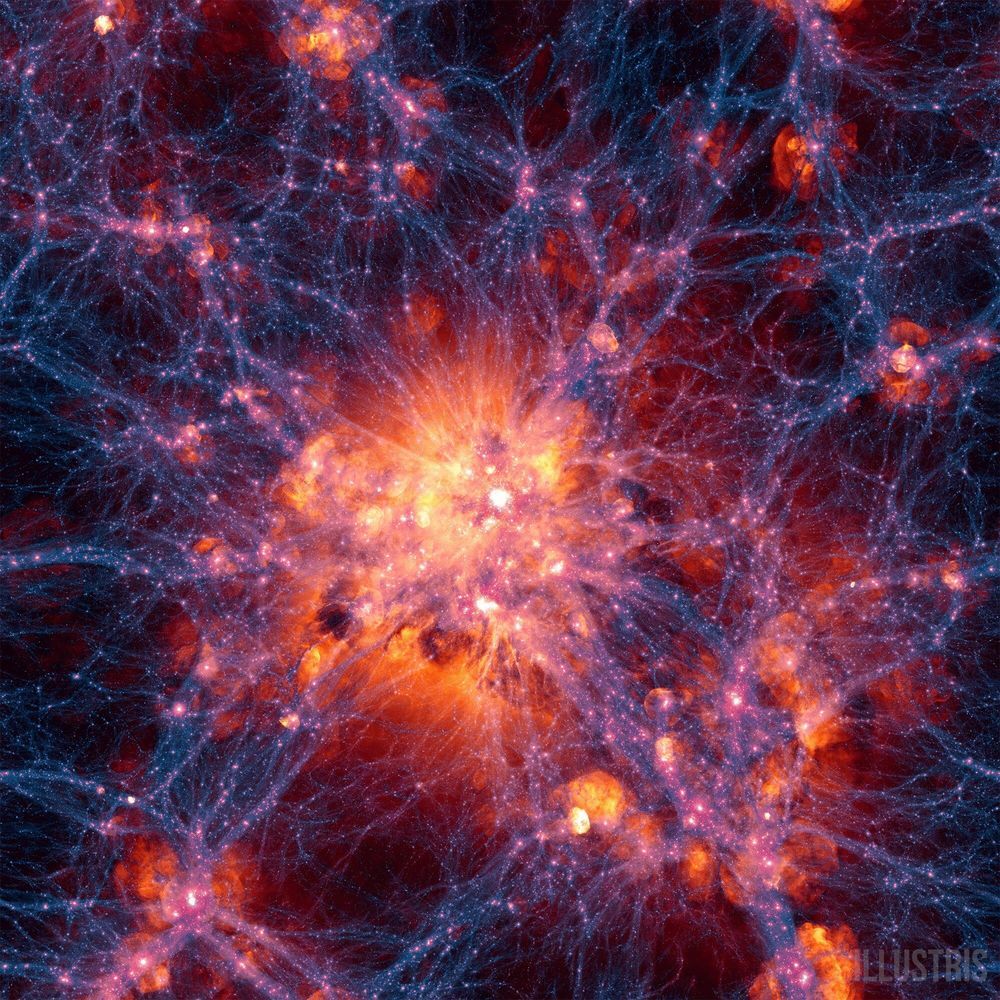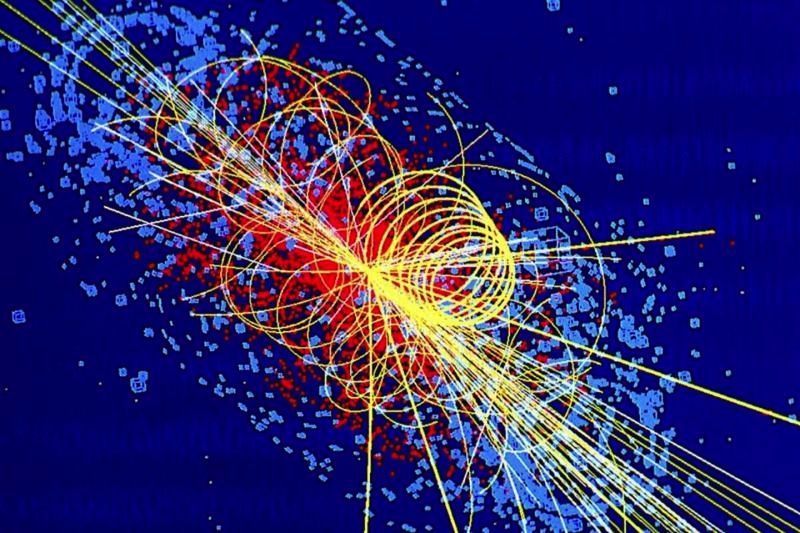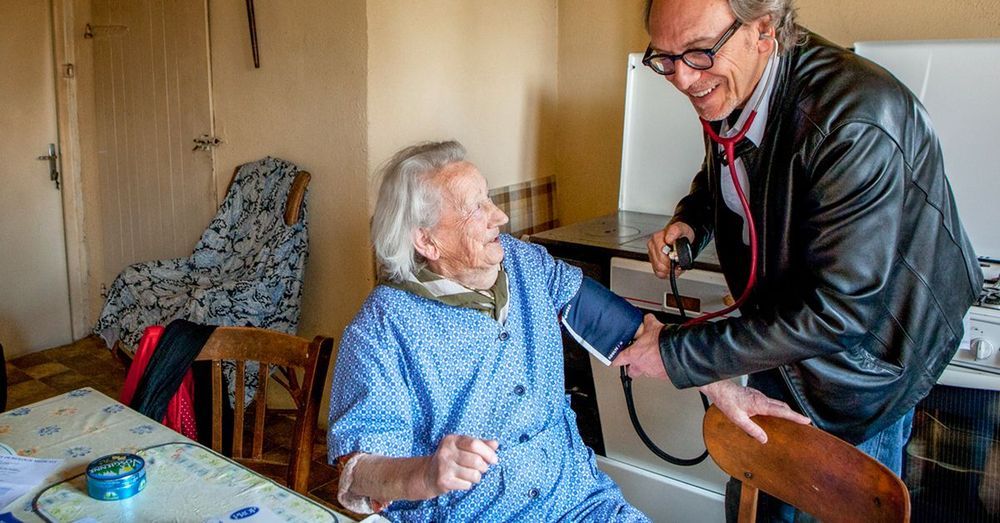Only a possibilty.
Researchers detect a large lake and several ponds deep under the ice of the Martian South Pole.
Only a possibilty.
Researchers detect a large lake and several ponds deep under the ice of the Martian South Pole.



Microsoft and Intel have a long-standing relationship, which grows stronger today with a new collaboration on a seamless artificial intelligence (AI) and machine learning (ML) experience, from Azure in the cloud to a wide range of high-performance edge devices powered by Intel Movidius vision processing units (VPU). This will deliver a more seamless experience for developers across the intelligent cloud and intelligent edge.

Optical clocks are so accurate that it would take an estimated 20 billion years—longer than the age of the universe—to lose or gain a second. Now, researchers in the U.S. led by Jun Ye’s group at the National Institute of Standards and Technology and the University of Colorado have exploited the precision and accuracy of their optical clock and the unprecedented stability of their crystalline silicon optical cavity to tighten the constraints on any possible coupling between particles and fields in the standard model of physics and the so-far elusive components of dark matter.
The existence of dark matter is indirectly evident from gravitational effects at galactic and cosmological scales, but beyond that, little is known of its nature. One of the effects that falls out of theoretical analysis of dark matter coupling to particles in the standard model of physics is a resulting oscillation in fundamental constants. Ye and collaborators figured that if their world-class metrology equipment could not detect these oscillations, then this apparently null result would be useful confirmation that the strength of dark matter interactions with particles in the standard model of physics must be even lower than dictated by the constraints so far on record.

TIME featured SpaceX President and Chief Operating Officer Gwynne Shotwell as one of the ‘100 Most Influential People of 2020’. SpaceX was founded by Elon Musk in 2002 to make life multiplanetary. Shotwell is responsible for day-to-day operations at the aerospace company that aims to colonize Mars before the year 2050. She has a vital role in company growth. Under her leadership, SpaceX has accomplished launching the first NASA astronauts to the International Space Station aboard the Crew Dragon spacecraft this year.


Summary: Study reveals a new role for serotonin in the development of the human neocortex. Serotonin acts cell-extrinsically as a growth factor for basal progenitors in the developing neocortex. Researchers report placenta-driven serotonin likely contributed to the evolutionary expansion of the neocortex in humans.
Source: Max Planck Society
During human evolution, the size of the brain increased, especially in a particular part called the neocortex. The neocortex enables us to speak, dream and think. In search of the causes underlying neocortex expansion, researchers at the Max Planck Institute of Molecular Cell Biology and Genetics in Dresden, together with colleagues at the University Hospital Carl Gustav Carus Dresden, previously identified a number of molecular players. These players typically act cell-intrinsically in the so-called basal progenitors, the stem cells in the developing neocortex with a pivotal role in its expansion.

#BreastCancerAwarenessMonth
Breast cancer treatments are always evolving and improving. In 2019, fresh perspectives to approach cancer therapy led to exciting breakthroughs for treatments in research.
Today’s treatments are more targeted and capable of altering the breast cancer disease course while also maintaining your quality of life. In recent years, many therapeutic options have emerged for treating stage 4, or metastatic breast cancer, greatly improving survival rates.
Breast cancer treatment research is ongoing and always improving the lives of those living with the condition. Here are the breakthrough treatments of 2019 as well as current treatments and information on finding a cure.

General Atomics Electromagnetic Systems (GA-EMS) and Boeing have entered into a partnership to develop a scalable 100 kW to 250 kW-class High Energy Laser (HEL) weapon system for air and missile defenses.
Laser weapons have been high on the wish lists of major military powers ever since the first laser was invented by Theodore Maiman at the Hughes Research Lab, Malibu, California in 1960. With enough concentrated power to burn through steel, enough range to cover literally astronomical distances, an operating cost of a dollar a shot, and an unlimited number of shots so long as there’s power available, the laser looked like the so-called ultimate weapon – if it could be made practical.
Of the problems that have hampered laser weapon development over the past six decades, one of the biggest is how to properly cool a laser generator. This is important because weapon-grade lasers have an efficiency between 50 and 70 percent, with the leftover percentages being lost as heat that could shut down or damage the device.